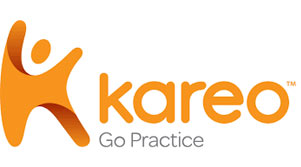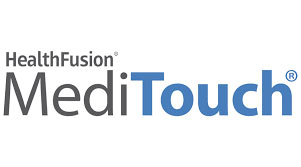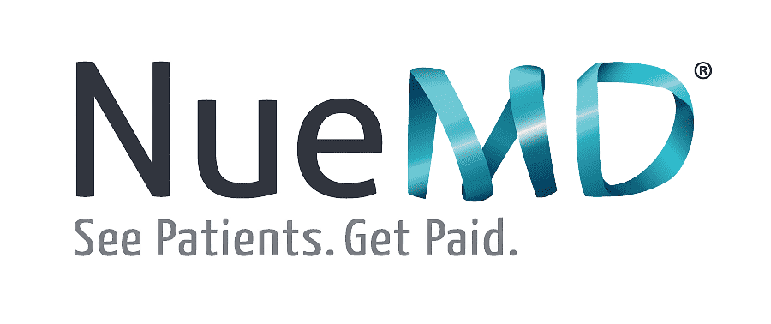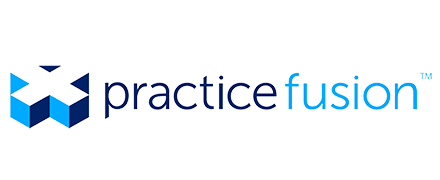The healthcare industry’s demand for efficiency and adaptability calls for robust staffing models that can withstand the sector’s dynamic nature. The Full-Time Equivalent (FTE) model offers a comprehensive approach, ensuring that healthcare facilities can meet their operational needs without compromising on the quality of care. This blog post explores the strategic advantages of implementing the FTE model in healthcare management, focusing on its role in enhancing operational flexibility, improving cost-effectiveness, and ensuring a consistent level of patient care.
Understanding the FTE Model
Full-Time Equivalent (FTE) is a unit that represents the workload of an employed person in a way that makes workloads comparable across various contexts. In healthcare, an FTE model is calculated based on the hours worked by one full-time employee, which can then be used to equate the hours worked by part-time employees to those of full-time employees. This model allows healthcare facilities to tailor their staffing needs precisely, matching the demand for care with the supply of labor.
Strategic Advantages of the FTE Model
Enhanced Operational Flexibility
One of the most significant advantages of the FTE model is the operational flexibility it provides. Healthcare managers can adjust staffing levels to meet the fluctuating demands for care without the overheads associated with hiring or laying off staff. This adaptability is crucial for managing patient load during peak times, such as flu season or in the wake of a pandemic.
Improved Cost-Effectiveness
By optimizing the number of FTEs, healthcare facilities can significantly reduce labor costs. The model allows for the strategic allocation of part-time workers and overtime hours, minimizing the need for additional full-time salaries and benefits. This cost-saving approach does not sacrifice the quality of care but instead ensures that resources are utilized efficiently.
Ensuring Consistent Patient Care
The FTE model facilitates a balanced staffing strategy that can adapt to patient needs. By having a clear understanding of staffing requirements, healthcare providers can ensure that there is always sufficient staff on hand to meet patient demands, thereby maintaining or improving the quality of care. This model also supports staff morale by reducing burnout, as employees are not overburdened with excessive patient loads.
Streamlining Administrative Processes
Implementing the FTE model can lead to more streamlined administrative processes. With a clear framework for calculating staffing needs, healthcare administrators can more easily forecast budgets, plan for future staffing requirements, and make informed decisions about resource allocation. This efficiency in planning and administration can lead to smoother operations and a more agile response to industry changes.
Case Studies: Success Stories
Several healthcare institutions have successfully implemented the FTE model to transform their operations. These case studies highlight how the model has led to improved patient satisfaction scores, reduced overtime costs, and enhanced overall efficiency. By analyzing these success stories, other healthcare managers can gain insights into best practices and potential challenges to anticipate.
Conclusion
The FTE model offers a strategic advantage in healthcare management by providing a framework for flexible, cost-effective, and efficient staffing. As the healthcare industry continues to evolve, adopting such innovative staffing models will be crucial for organizations aiming to maintain high standards of patient care while also navigating financial and operational challenges. The FTE model not only supports current healthcare needs but also positions facilities to adapt to future demands with resilience and foresight.



























